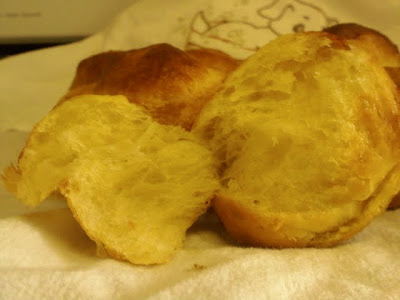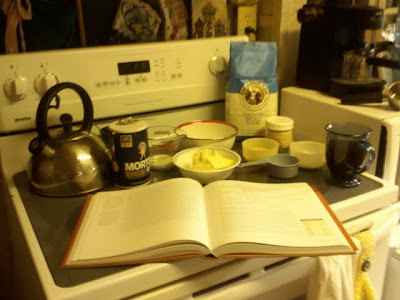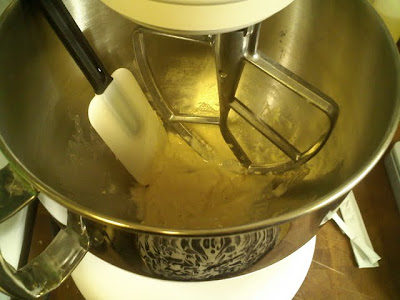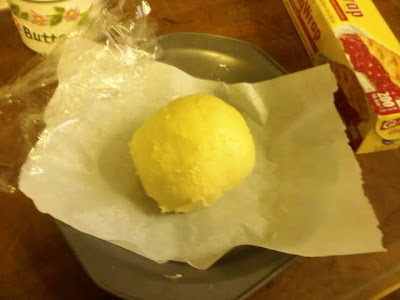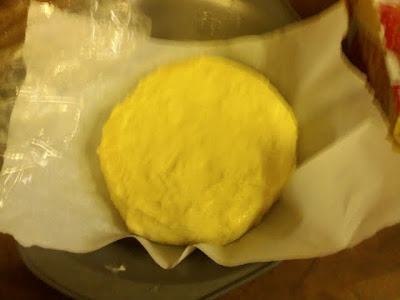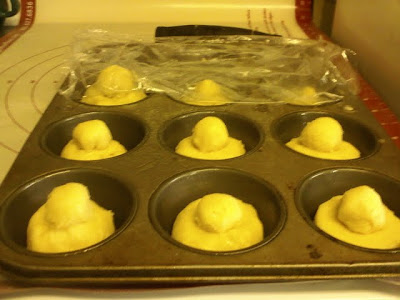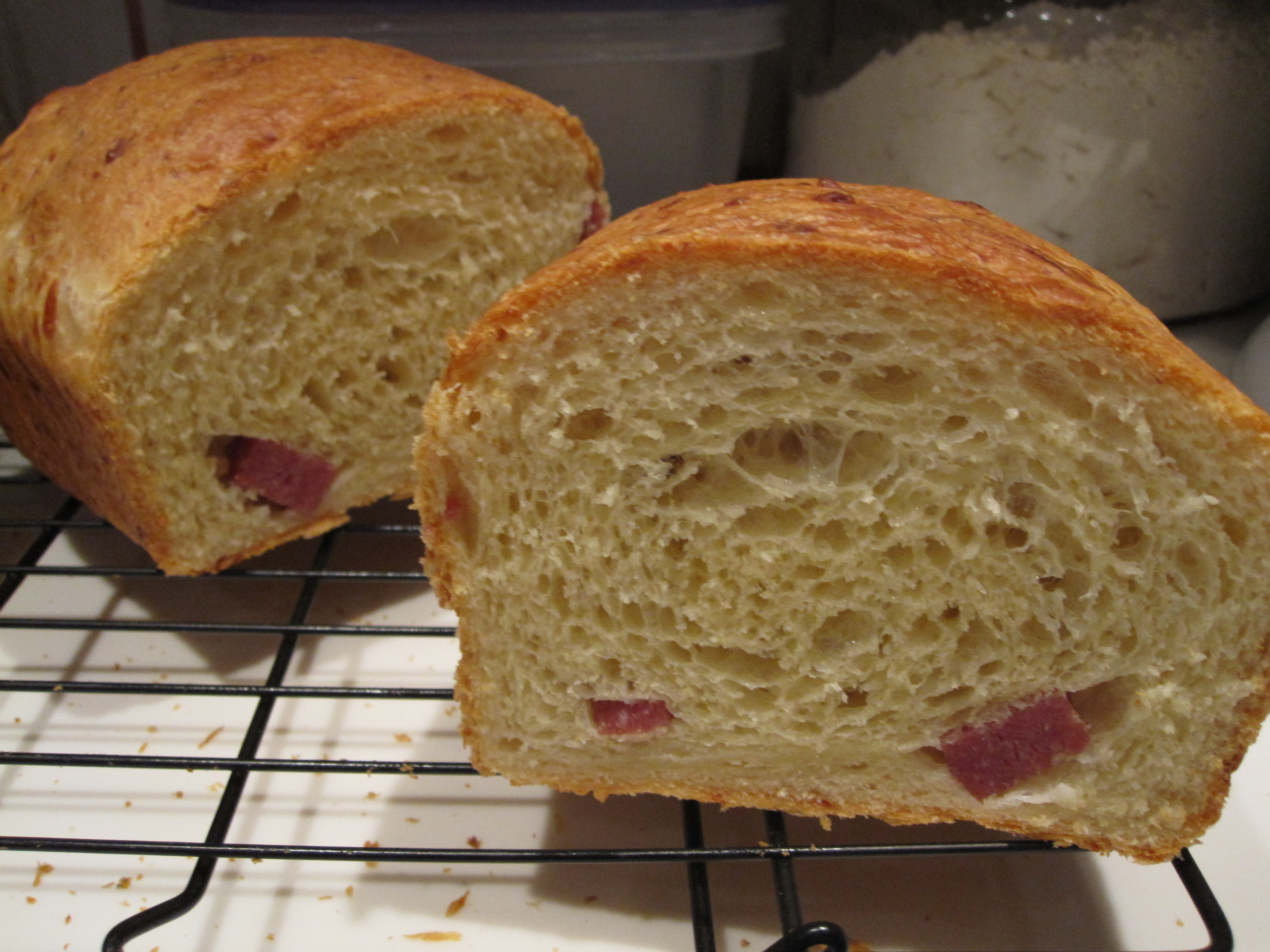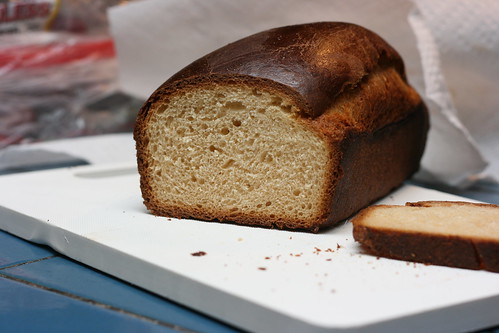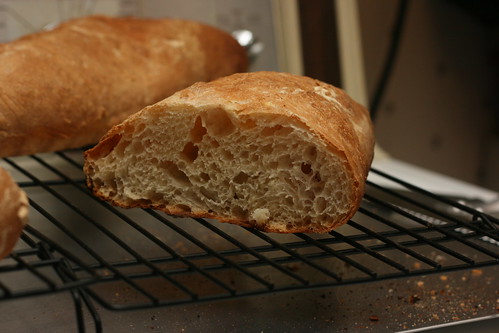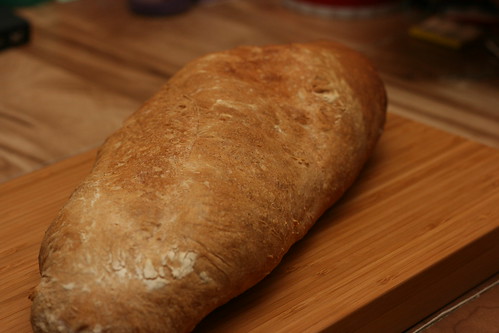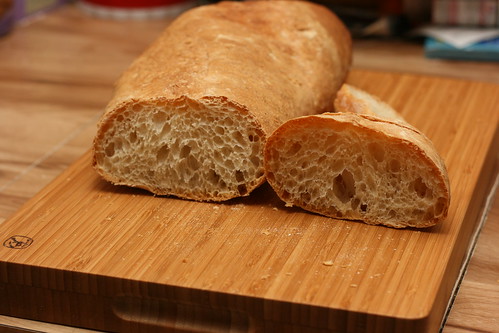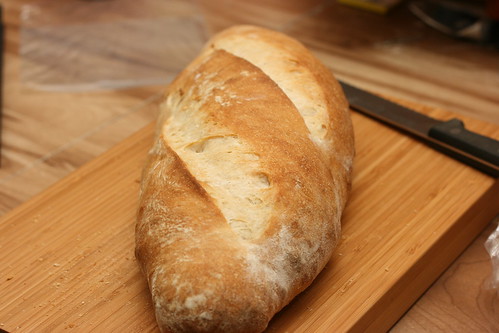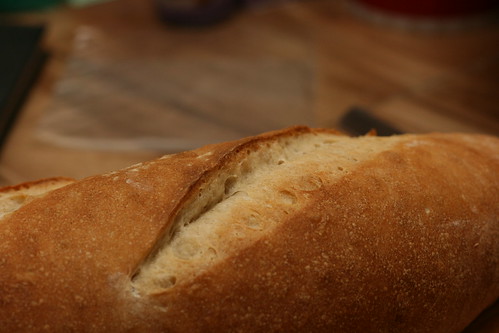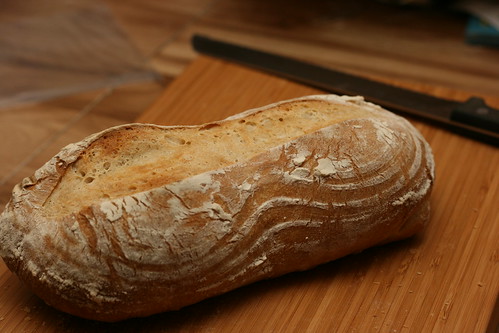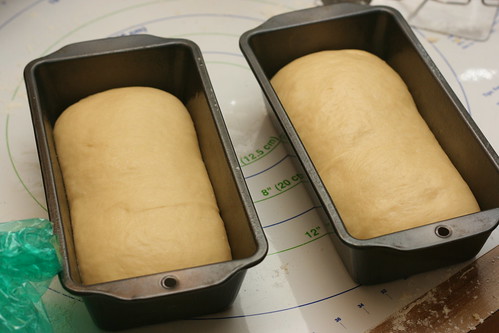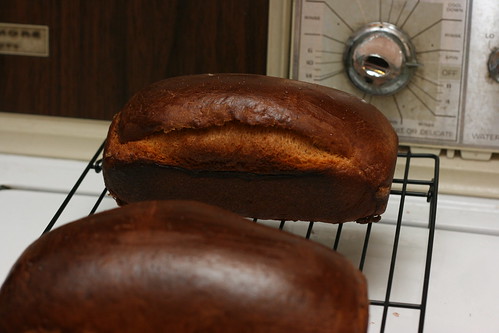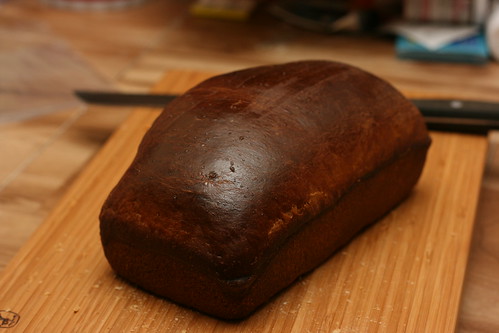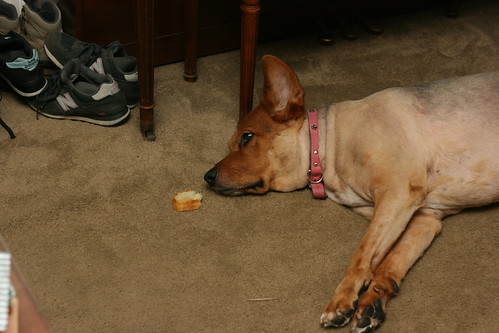Hey guys! I just wanted to thank you again for your encouraging comments on my bread-baking-project for school. I appreciate your thoughts very much! =]
I made bagels the other day, and wanted to share my post with you guys.
Here it is!
(my brother and i share a blog: http://bakingacrosscountry.wordpress.com/ )Originating in Poland in the 1600s, Bagels came along with Jewish immigrants to Ellis Island. Since many people of Jewish descent settled in New York, bagels have since been a tradition in the City.

The word bagel is derived from the German word for "to bend," symbolizing the round shape of the bread. Bagels were thought to bring good luck to the receiver of the bread. Usually, women who just gave birth received them for good luck as well as a symbol representing the cycle of life due to their circular shape.
The bagel gains its distinct chewiness from being first boiled, and then baked at a rather high temperature. A prolonged, cool second rise contributes to the bagels developed flavor, as well as the "fish eyes" on the crust. "Fish eyes" are raised bumps on the surface of the bread.
The first time I made bagels a few years ago, I was foolish and used whole wheat, no-knead dough from Artisan Bread in Five Minutes a Day. Although this dough made fine boules, the bagels dissolved in the boiling water, leaving broken lumps of chewy dough. Nevertheless, I was determined to find the perfect bagel recipe.
My brother, Evan, has been baking his own bagels weekly for about a year now. Out in California, each bagel costs over a buck, and they're spongy rolls. Out here in New Jersey, we sometimes get good bagels-but mostly, they're doughy and the size of your face.
Reinhart begins his recipe with a sponge, combining water, yeast, and flour into a thick-pancake like batter. After about two hours, I added more yeast, flour, salt and honey. I tried to mix the ingredients together, but flour flew out everywhere, making a giant mess. I tried to knead the dough in the Kitchen Aid, but the dough was so stiff, I could smell the motor straining.
That's why we have hands, I guess. For about ten minutes, I kneaded the stiff dough until my arms hurt, and the dough passed the window pane test. I measured out the dough into twelve even pieces (thank goodness for a scale). However, 4.5 ounce bagels were a bit too large for breakfast, and I think making about 16 would be a better portion.
After letting the dough rest for a little bit, I shaped them into bagels. I tried both ways, by sticking my finger through the dough and stretching the hole out, and also by forming them from a coil. I found that by poking my finger through, the shape of the bagel was more consistent, but I'm sure with more practice, I could get better at the coil-method.
I let the bagels rest again for about twenty minutes. Reinhart suggests a test for readiness: I placed one piece of shaped bagel dough in a bowl of water and saw it immediately floated.
After the test, I placed them on baking sheets, covered them with plastic wrap, and put them in the fridge for two nights.
On the second night, I brought a pot of water to a boil with an added tablespoon of baking soda. I didn't want to crowd my pot, so I only boiled four bagels at a time, for about a minute per each side. Immediately after boiling, I put them on a cooling-rack to drain, and sprinkled over a combination of sesame and poppy seeds, as well as some sea salt.
After boiling all 12 bagels, I baked them in a 500 degree oven for 5 minutes, rotated the pans, and baked them about 7 minutes more at 450, or until they were deep golden brown.
The next morning, I had a bagel with cream cheese for breakfast. Wow. They beat any one of the partially-cooked ones I get from the bakeries in my town. Since there are only three of us living in my house right now, we froze half of the bagels for future use. I also gave my mentor, Mr. Esteban a handful of bagels to share with his family. I hope he enjoyed them!
Besides my finicky mixer, this recipe was super simple and didn't require all that much effort (but more utensils than normal to clean). Rather than spending 12 bucks for 12 bagels on Sunday, I can bake these (better) bagels for a fraction of the cost. Next time, I'll try to find malt barley to make more authentic bagels, but for now, these are awesome!
Olver, Lynne. "Breads." Food Timeline (2011): n. pag. Web. 14 Jan 2011. <http://www.foodtimeline.org>.





